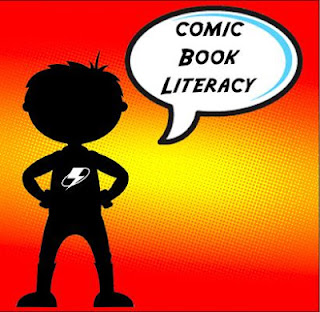When Andy Belanger is five, his father, Paul, tells him what every boy wants to hear: I'm Batman. Years later Paul will ask Andy if he and his fiancée worship Satan, but that's a ways away.
''We kill very few reporters,'' is what I think I hear Andy Belanger say as I follow him down a cinder block corridor that looks like it was inspired by the lighting and art direction in Fight Club. Belangeris near six-feet tall with broad shoulders; his long sideburns and goatee give him the aspect of a brawler – the kind of guy you'd want on your side in a bar fight. He is gregarious, generous with his time and a stone-cold extrovert. Reading from top to bottom, he wears a fedora, a pair of sunglasses hang from the collar of a red “Hello my name is Inigo Montoya” t-shirt, with shorts and sandals completing the ensemble. If I am going to have my throat slit by this artist, it will be with a hip sense of irony.
Belanger stops in front of a non-descript door and says something about the place being busier and less creepy during weekdays. It is at this moment that this industrial grey shoebox-of-a-building in residential Montreal transforms into a sepia-toned Kansas farmhouse. It must, because when Belanger opens the door, what I see on the other side resembles Oz, or better yet, Xanadu – if Charles Foster Kane were a nerd. A four-foot statue of Mickey Mouse as the Sorcerer’s Apprentice stands ready to cast a spell, not far away a similarly sized Betty Boop bats her lashes in a coy over-the-shoulder come on, a 12'' Star Wars Stormtrooper takes up a position to halt an attack from a Matrix Sentinel.
This tableaux is overseen by Droopy Dog; stacks of Lucite display cases filled with every kind of science-fiction, horror, and fantasy gewgaw divide the room into workstations for half a dozen artists; a 1:1 scale Boba Fett helmet and a bust of Elvis eye each from opposite ends of the room. Icons, insignias, and symbols of superheroes are ever-present, framed comic strips hang on the walls, and each drafting table is bivouacked by bookshelves lined with every trade, graphic novel, and essential collection of a half-century 's worth of comic book and graphic art. It's less a studio and more an ark of twentieth-century pop culture.
Belanger's workspace is at the far end of this geek gauntlet with a view that overlooks the city as it slopes down to the St. Lawrence River. Opposite Belanger's massive drawing board is the neat as a pin cubby of Becky Cloonan, Belanger's fiancée. Cloonan is the epitome of an in-demand comic book artist. Very few times during my visit does she look up from the pages on a drawing board that she balances on one knee as she works on this or that “yet-to-be-announced-double-super-secret” project.
Soft-spoken and down-to-earth, Cloonan is at heart a romantic, easy-going and quick to break into a dorky voice when she talks about meeting her favorite comic book artists and writers. As a young girl, her father would read her stories about that “sentinel of the spaceways,” the Silver Surfer. Later on, with the care shown by a docent or that of a fervent true-believer, Cloonan will hand me a foxed, fuzzy and well-worn book of pen and ink illustrations by the American artist, Joseph Clement Coll. So deep is Cloonan's affection for Coll's work that she has had it tattooed on her body.
For Cloonan and Belanger, it's this kind of devotion to that moment, that memory, that first timewhen one understands a thing so deep down in one's bones, to one's very soul, that it marks and changes a person into who they become. Cloonan and Belanger live in that moment; and the comics they create are a testament to that very second of invention.







